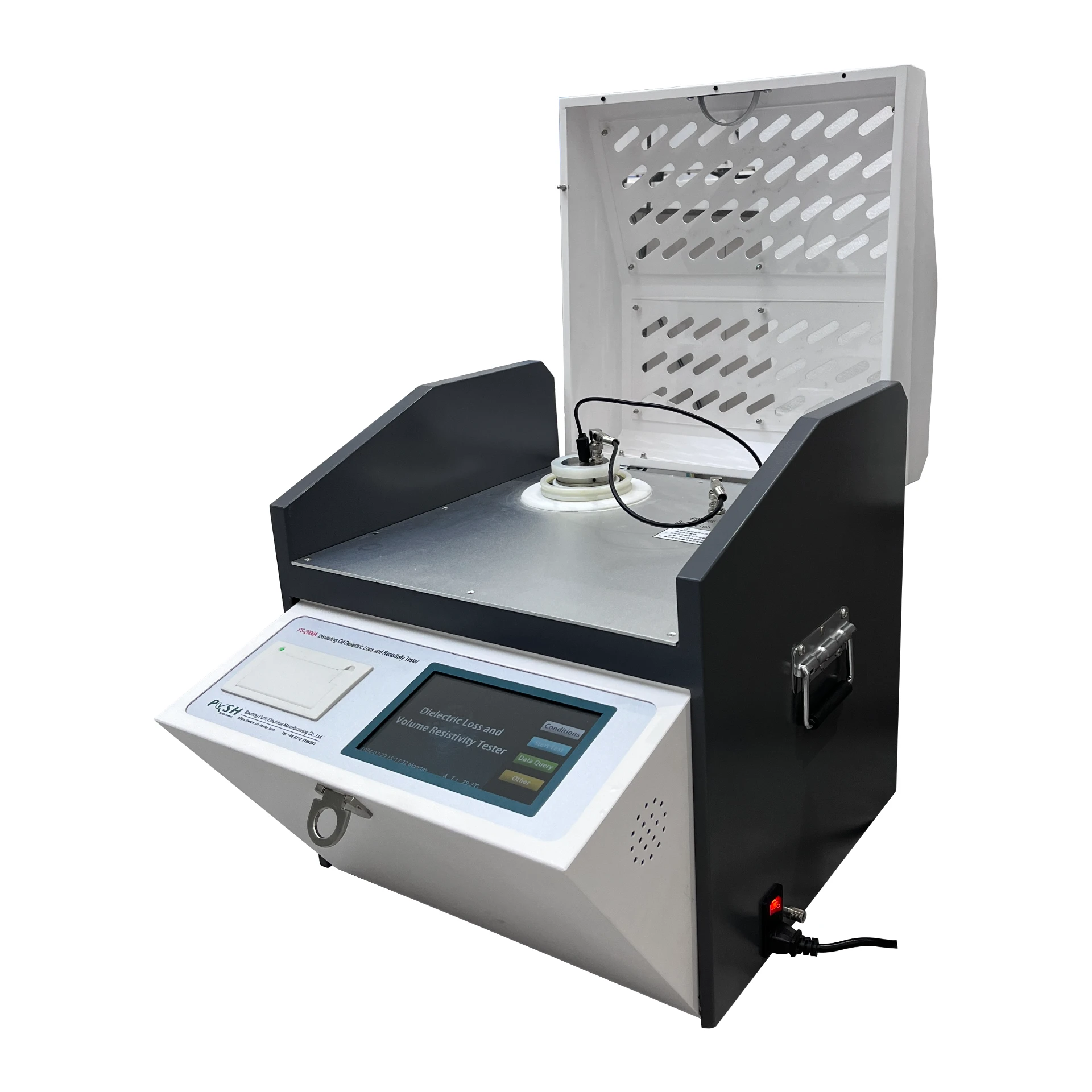 English
English


Analysis of Transformer Oil Samples for Performance and Quality Assessment
Transformer Oil Sample Analysis Key to Equipment Reliability
Transformer oil plays a crucial role in the functionality and longevity of electrical transformers. As the insulation and cooling medium, the oil must be monitored regularly to ensure that it retains its properties over time. One fundamental way to achieve this is through transformer oil sample analysis, which offers insights into the condition of the equipment and forewarns of potential failures.
Importance of Transformer Oil Analysis
Transformer oil analysis serves several important purposes. Firstly, it helps detect the presence of contaminants, such as moisture and particulate matter, which can drastically reduce the oil's insulating properties. Secondly, it aids in identifying chemical changes in the oil, such as oxidation, acid formations, and the presence of dioxins or furans that can indicate thermal degradation or overheating issues. Regular monitoring allows for preventive maintenance measures to be implemented, thereby avoiding costly repairs or unplanned outages.
Types of Tests Conducted
Various tests are performed on transformer oil samples to assess its condition. Key analyses include
transformer oil sample analysis

1. Dissolved Gas Analysis (DGA) This test measures the concentration of gases dissolved in the oil, which can indicate thermal or electrical fault conditions within the transformer. Specific gases, such as hydrogen, methane, and ethylene, reveal different types of faults which can be further analyzed to guide maintenance decisions.
2. Furan Analysis Furan compounds are byproducts of paper insulation degradation. Measuring these compounds can help predict the remaining lifespan of the transformer’s insulation paper, giving insights into its overall health.
3. Moisture Content Determination Water in transformer oil is detrimental as it lowers the oil's dielectric strength, making it susceptible to electrical breakdown. Karl Fischer titration is commonly employed to quantify the moisture level present in the oil.
4. Physical and Chemical Properties Testing Routine tests for acidity, viscosity, and flash point also form part of the analysis. These parameters help assess the oil’s performance and reliability in insulating and cooling the transformer.
Conclusion
Transformer oil sample analysis is a vital component of electrical maintenance and management. By understanding the chemical and physical properties of transformer oil, utility companies and maintenance teams can make informed decisions that enhance the reliability and efficiency of their equipment. Regular sampling and testing not only extend the lifespan of transformers but also ensure operational safety, ultimately leading to reduced downtime and maintenance costs. In a world increasingly reliant on uninterrupted electrical power, prioritizing oil analysis is an essential strategy for optimal transformer management.
-
Differences between open cup flash point tester and closed cup flash point testerNewsOct.31,2024
-
The Reliable Load Tap ChangerNewsOct.23,2024
-
The Essential Guide to Hipot TestersNewsOct.23,2024
-
The Digital Insulation TesterNewsOct.23,2024
-
The Best Earth Loop Impedance Tester for SaleNewsOct.23,2024
-
Tan Delta Tester--The Essential Tool for Electrical Insulation TestingNewsOct.23,2024





